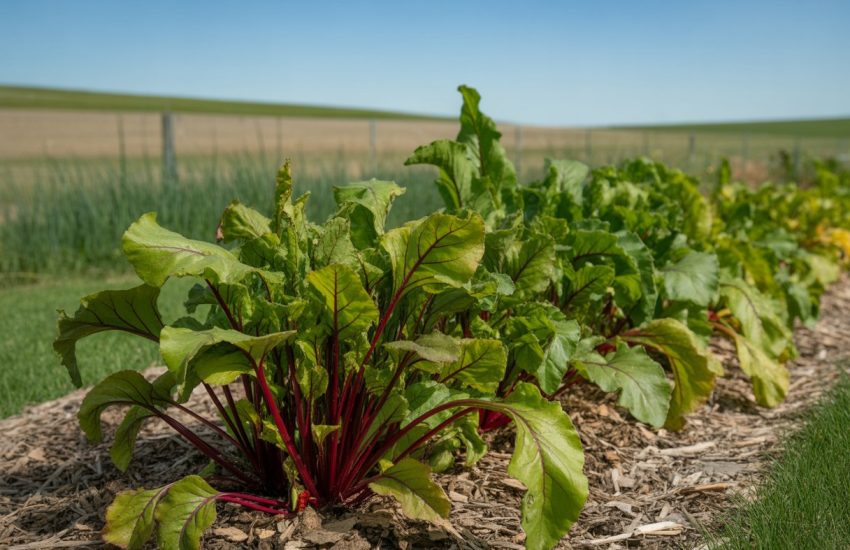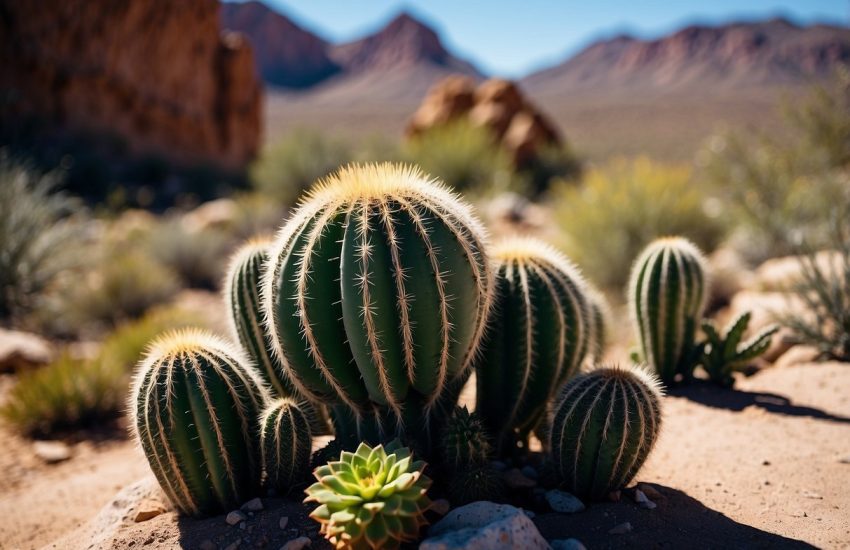Types of Maple Trees in PA: A Comprehensive Guide
Pennsylvania is known for its diverse range of tree species, and maple trees are no exception. With over 13 different types of maple trees in Pennsylvania, it’s important to understand the differences between each species. Maple trees are found throughout the state, from the Allegheny Mountains to the Delaware River. In this article, we will explore the various types of maple trees found in Pennsylvania and their unique characteristics.

The most common native species of maple tree in Pennsylvania is the sugar maple (Acer saccharum). This tree is known for its beautiful fall foliage, which ranges from yellow to orange to red. Sugar maples are also a popular source of maple syrup, due to their high sugar content. Another native species is the red maple (Acer rubrum), which is known for its vibrant red leaves in the fall. Red maples are often found in wetlands and along riverbanks.
In addition to native species, there are also several non-native species of maple trees found in Pennsylvania. The Norway maple (Acer platanoides) is one such example, which was introduced to the United States from Europe in the 1700s. This tree has become invasive in some areas, outcompeting native species for resources. By understanding the different types of maple trees in Pennsylvania, we can better appreciate the beauty and diversity of our state’s natural landscape.
Native Maple Species of Pennsylvania

Pennsylvania is home to several native maple species, each with its own unique characteristics and benefits. Here are some of the most common native maple species found in Pennsylvania:
Red Maple
Red maple (Acer rubrum) is a fast-growing, deciduous tree that can reach heights of up to 100 feet. Its leaves are three-lobed and have a red tint in the fall. Red maple is a popular choice for landscaping because of its adaptability to a variety of soil types and its attractive foliage.
Sugar Maple
Sugar maple (Acer saccharum) is a slow-growing, deciduous tree that can grow up to 100 feet tall. Its leaves are five-lobed and turn a vibrant orange-red in the fall. Sugar maple is known for its sap, which is used to make maple syrup, and its wood, which is commonly used in furniture making.
Silver Maple
Silver maple (Acer saccharinum) is a fast-growing, deciduous tree that can reach heights of up to 100 feet. Its leaves are deeply lobed and have a silvery underside. Silver maple is often used as a shade tree because of its rapid growth and dense foliage.
Striped Maple
Striped maple (Acer pensylvanicum) is a small-statured, deciduous tree that typically grows to be 20-30 feet tall. Its leaves are three-lobed and have a greenish-yellow color in the fall. Striped maple is often found in the understory of forests and is an important food source for moose.
Mountain Maple
Mountain maple (Acer spicatum) is a deciduous shrub or small tree that typically grows to be 20-30 feet tall. Its leaves are three-lobed and have a yellow-orange color in the fall. Mountain maple is often found in cool, moist areas and is an important food source for wildlife.
Overall, these native maple species of Pennsylvania provide a variety of benefits, from their attractive foliage to their use in making maple syrup. Whether you are looking for a shade tree or an understory plant, there is a native maple species in Pennsylvania that can meet your needs.
Non-Native and Invasive Maple Species

Norway Maple
Norway Maple (Acer platanoides) is a non-native species that was introduced to Pennsylvania as an ornamental tree. It is a fast-growing tree that can reach up to 50 feet in height, and it is often planted for its attractive foliage. However, Norway Maple is considered invasive because it can outcompete native species and form dense stands that prevent the growth of other plants.
One of the main problems with Norway Maple is that it produces a large number of seeds that are easily spread by wind, animals, and water. These seeds can germinate quickly and grow into new trees, which can further exacerbate the invasive nature of this species.
Norway Maple is also known for its hard and durable wood, which is often used in furniture and flooring. However, this wood is not native to Pennsylvania and should not be used as a substitute for native species.
Boxelder
Boxelder (Acer negundo), also known as the Box Elder Maple, is another non-native species that is considered invasive in Pennsylvania. It is a fast-growing tree that can reach up to 80 feet in height, and it is often planted for its tolerance of partial shade.
One of the main problems with Boxelder is that it produces a large number of seeds that are easily spread by wind and water. These seeds can germinate quickly and grow into new trees, which can further exacerbate the invasive nature of this species.
Boxelder is also known for its weak wood, which is not suitable for use in furniture or construction. It is often considered a nuisance tree because of its tendency to grow in unwanted areas and its susceptibility to damage from storms and pests.
In conclusion, both Norway Maple and Boxelder are non-native and invasive species that should be avoided in landscaping and other planting projects. Instead, native species should be used to promote biodiversity and support the local ecosystem.


